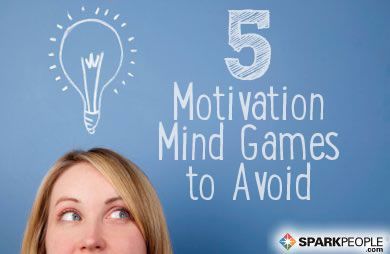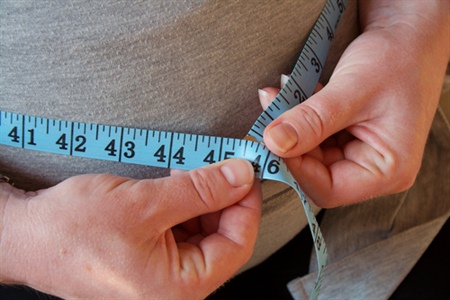Identifying True Hunger Versus False Hunger
We are all born with the innate ability to know when we are hungry. As babies, we naturally got fussy or cried in response to sensations of hunger. We learned to use words as toddlers to ask for food when we needed it. As we grew and became able to obtain food on our own, however, many of us began to eat for reasons other than pure hunger.
This may have been to soothe uncomfortable feelings such as sadness, fear, stress, or boredom or simply because good food was readily available. Other triggers might have been meal times, seeing/smelling food, and people or places connected in the mind with eating. The more we ate when we were not hungry, the more our natural hunger signals became distorted and difficult to recognize.
When people repeatedly eat for reasons besides hunger, physical sensations that mimic true hunger and create a false drive to eat emerge and are reinforced. The simplest way to learn to distinguish true hunger from false hunger is to begin paying attention to the body's hunger cues again. When the body is truly hungry it sends signals to the brain, which then creates specific physical sensations that are interpreted as a need for food. We each feel these physical sensations somewhat differently. Because they can vary from person to person, it is important to learn how your own true hunger begins and progresses over time.
False hunger signals can be as intense as true hunger signals, but they are usually not felt in the same way or at the same time as true hunger. For example, you may experience false hunger in the upper area of your throat, but not at the same time that you feel true hunger around the lower sternum. The easiest way to start identifying false hunger is to pay attention to the sensations that are occurring in your body whenever you know that you are not hungry but want to eat anyway. Often, this can be done when you have finished a meal but crave something more, such as dessert or seconds of a favorite dish. In this situation, your body does not actually want more food. It is your mind sending false hunger signals that makes you believe that you need to eat more.
You can also use the time of your last meal as a way to help you distinguish true hunger from false hunger. If you want something to eat but had a meal less than two hours earlier, you are probably not really hungry, yet. Rather than eating, you can take time to become more aware of what your false hunger feels like. If you are an emotional eater and recognize that you are wanting to eat as a result of stress, boredom, or some other emotion, then take time to notice the physical sensations associated with the emotions that are driving you to eat.
When you become aware of how false hunger signals feel and begin choosing not to eat in response to them, your brain will start disassociating the false signals from the need to eat and they will subside. This will result in fewer cravings and urges to eat when you are not hungry, leading you to eat less overall. The exercises in The Awareness Diet program will help you learn more about the process of eating based on true hunger rather than false hunger.
-
Zerona – Too Good to Be True?
Some of you may have started to hear about a new Zerona low level
-
Exercise: Is It the Best for Weight Loss?
Exercise is an important component of an
-
8 Self-Sabotaging Lies To Stop Telling Yourself
-
Long-Term Study Finds Antidepressant Effective For Weight Loss In Women
Weight Loss in Women A drug approved for the treatment of depression a
-
Is it OK to put my Kid on a Diet?
Many concerned parents often ask me Is it OK to put my kid on a di
-
9 Self-Care Tips I Learned From Losing 120 Pounds
- DON'T MISS
- Personal Training: 6 Secrets of Award Winning Customer Service
- Diet For Smokers And ExSmokers
- Easy Methods To Reduce Fat – Basic Tips
- How to Win the Battle of the Fat at the Height of the Diet Season
- Weight Loss Motivation Tips
- Weight Loss - A Serious Health Concern
- Best Steps to Dropping Weight In a Rush
- 5 Ways Eating Honey Can Help You to Lose Weight
- What The Scale Isn’t Telling You And Other Truths About Your Weight
- 3 Reasons Why Diets Hurt More Than They Help




